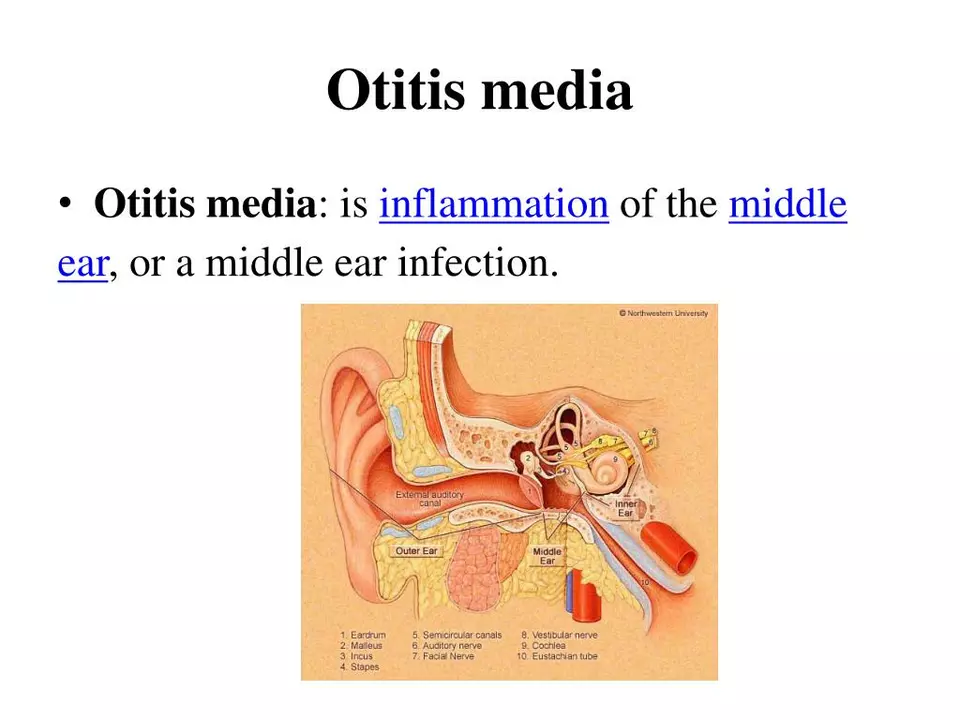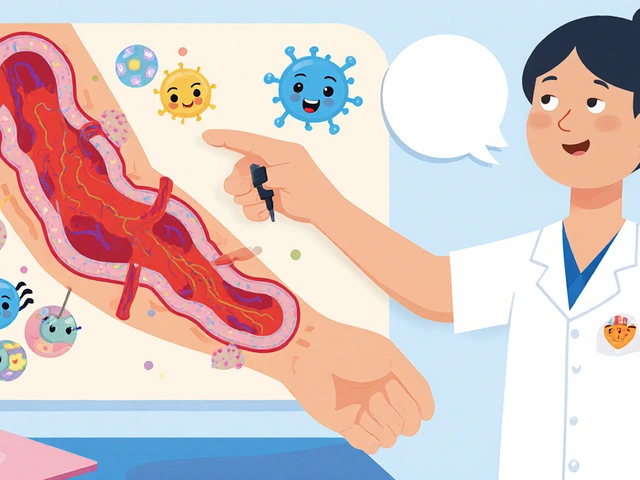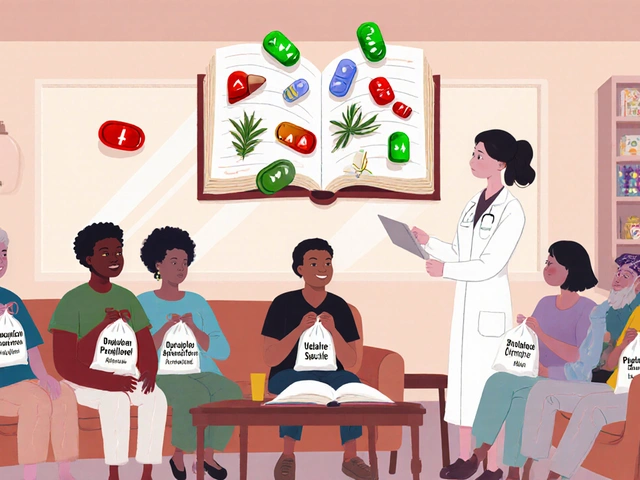Otitis Media — What It Is and What You Can Do Right Now
Ear infections are one of the top reasons parents visit the doctor. Otitis media means the middle ear is inflamed or infected. You can get it at any age, but it’s most common in babies and toddlers because their ear tubes are short and easy to block.
If a child has a fever, sudden ear pain, or is pulling at their ear, start with simple steps: keep them comfortable, give age-appropriate pain relief (acetaminophen or ibuprofen), and avoid putting anything deep into the ear. For adults with mild ear pain after a cold, the same basics apply while you watch for worsening signs.
Symptoms and when to seek help
Otitis media symptoms vary by age, but look for these clear signs: ear pain, trouble sleeping, fever, reduced hearing, fluid drainage from the ear, or unusual fussiness in infants. Babies might feed poorly or cry more than usual.
See a doctor promptly if you notice: high fever (especially in young children), continuous severe ear pain, pus or bloody discharge from the ear, balance problems, or if symptoms don’t improve after 48–72 hours. Also seek care for repeated infections or any sudden hearing loss.
Treatment options and prevention
Not every otitis media needs antibiotics. Many cases, especially mild ones in older kids and adults, clear up on their own in 48–72 hours. Doctors often use "watchful waiting" first, unless the child is very young, the infection is severe, or symptoms persist.
When antibiotics are needed, amoxicillin is commonly prescribed. If symptoms improve quickly with pain control and rest, antibiotics may be avoided. For persistent fluid in the ear, your doctor may recommend a follow-up hearing check or referral to an ENT specialist. In recurrent cases, small ventilation tubes can be placed in the eardrum to prevent repeat infections.
Prevention helps. Keep kids up-to-date on vaccines (flu and pneumococcal vaccines reduce ear infection risk). Avoid exposure to cigarette smoke, encourage breastfeeding when possible, and practice good hand hygiene to limit colds that can lead to ear infections. Pacifier use and daycare attendance raise risk, so weigh those factors if your child has frequent ear infections.
Quick tips for parents and adults: manage pain early, watch for red flags, follow your clinician’s advice about antibiotics, and schedule a hearing check after repeated infections. If you’re unsure, a phone call to your healthcare provider can help decide whether a clinic visit is necessary.
Otitis media can be painful and worrying, but with prompt care and a few prevention steps you can reduce both the pain and the chance it comes back.
6
The connection between azelastine and otitis media
As a blogger, I've been researching the connection between azelastine and otitis media, and I've discovered some interesting findings. Azelastine, a popular antihistamine, has been shown to potentially help in treating otitis media, a common middle ear infection. By reducing inflammation and congestion, azelastine helps to alleviate some of the symptoms associated with this condition. However, it's important to note that azelastine is not a standalone treatment for otitis media, and should be used in conjunction with other medications prescribed by a healthcare professional. Overall, azelastine seems to be a promising adjunct therapy for otitis media, but further research is needed to fully understand its effectiveness.
Latest Posts
Popular Posts
-
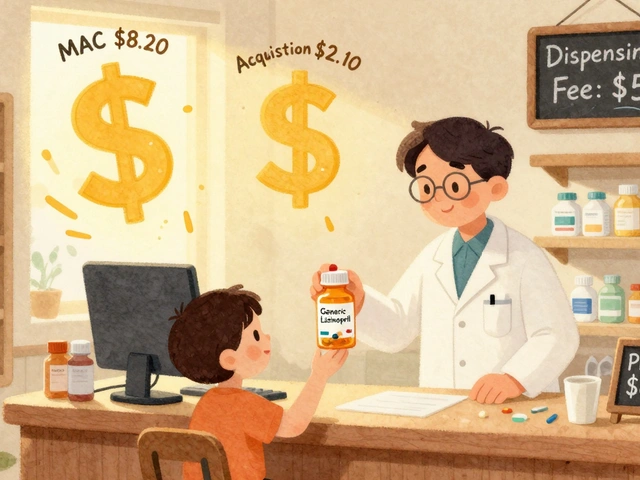 Pharmacy Reimbursement: How Generic Substitution Impacts Pharmacies and Patients Financially
Pharmacy Reimbursement: How Generic Substitution Impacts Pharmacies and Patients Financially
-
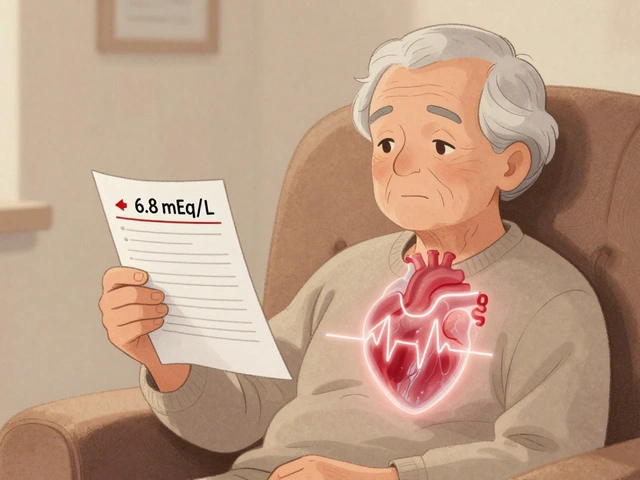 Dangerous Hyperkalemia from Medications: Cardiac Risks and Treatment
Dangerous Hyperkalemia from Medications: Cardiac Risks and Treatment
-
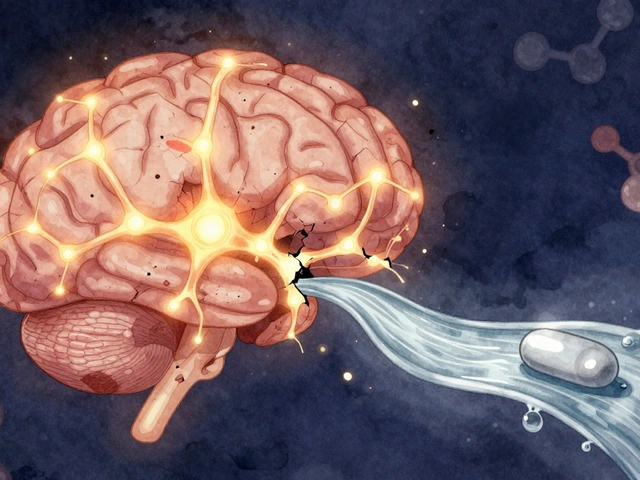 Amyotrophic Lateral Sclerosis: How Riluzole Slows Neurodegeneration and Extends Life
Amyotrophic Lateral Sclerosis: How Riluzole Slows Neurodegeneration and Extends Life
-
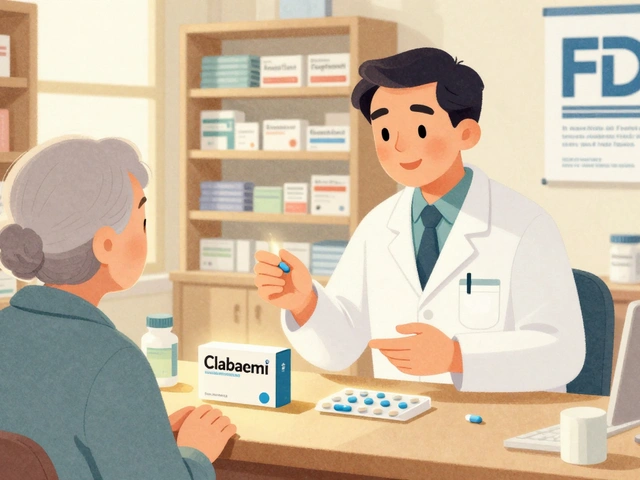 Pharmacist Recommendations: When to Suggest Authorized Generics
Pharmacist Recommendations: When to Suggest Authorized Generics
-
 Shift Work Sleep Disorder: How to Manage Night Shifts and Get Real Sleep
Shift Work Sleep Disorder: How to Manage Night Shifts and Get Real Sleep
